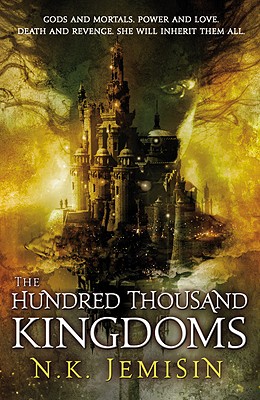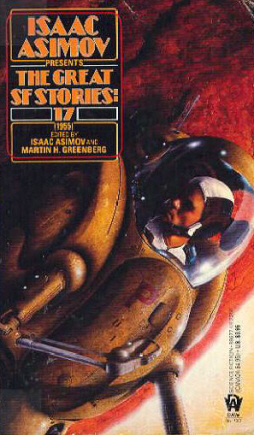 Martin H. Greenberg, one of the most prolific creators in the history of the genre, died last week.
Martin H. Greenberg, one of the most prolific creators in the history of the genre, died last week.
Dr. Martin H. Greenberg received a doctorate in Political Science from the University of Connecticut in 1969, and taught at the University of Wisconsin, Green Bay, from 1975 until 1996. In 1974 he edited his first anthology (with Patricia Warrick): Political Science Fiction, intended as a teaching guide.
It was to be the first of literally thousands of books he published over the next 36 years, the vast majority of them science fiction and fantasy anthologies.
Greenberg’s specialty was copyright searches and handling author royalties, and he was famously adept at both. He founded book packager Tekno Books, which typically produced 150 titles per year, totaling over 2,300 books.
Shortly after he entered the field Greenberg discovered he shared a name with another famed SF anthologist: Martin Greenberg, publisher of Gnome Press, who edited some of the most influential science fiction anthologies of the 1950s, including Travelers of Space and Journey to Infinity (both 1951). In his autobiography Isaac Asimov, who worked extensively with both men, said he suggested that he call himself “Martin H. Greenberg” or “Martin Harry Greenberg,” which he did.
Greenberg frequently partnered with other editors such as Joseph D. Olander, Andre Norton, Robert Silverberg, and especially Asimov, with whom he co-edited a total 127 anthologies, including the 25-volume Isaac Asimov Presents the Great SF Stories.
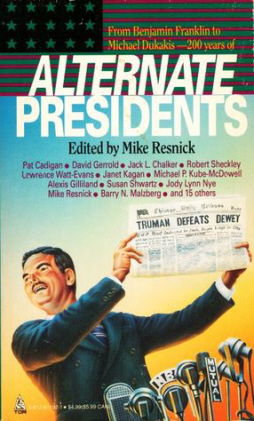 In recent years Greenberg, working chiefly with editors Jean Rabe, John Helfers, Kerrie Hughes and others at Tekno Books, produced 10 original anthologies per year for DAW books, often referred to as “the DAW magazine.”
In recent years Greenberg, working chiefly with editors Jean Rabe, John Helfers, Kerrie Hughes and others at Tekno Books, produced 10 original anthologies per year for DAW books, often referred to as “the DAW magazine.”
Black Gate contributor Mike Resnick, who edited 19 anthologies for or with Greenberg and sold him a total of 61 stories, shared this story of how their partnership started:
We’re eating lunch at the 1989 Boston worldcon, he asks what I’m working on, I say a Teddy Roosevelt alternate history novella, and as we’re getting up he says he’s off to sell our anthology. I say what anthology? He says Alternate Presidents, with Teddy Roosevelt in 1912 and a bunch of others. I say I didn’t know we were talking about one, and besides, this one’s unsaleable.
Three hours later he hunts me up: “We’ve sold it to Tor for a 5-figure advance, and you’re editing it.” I never doubted him again.
In 2009 Greenberg was the recipient of one of the first Solstice Awards presented by the Science Fiction and Fantasy Writers of America (SFWA) in recognition of his contributions to the field.
For a complete list of his titles (caution: it’s a big list), see his entry at the SF Encyclopedia.
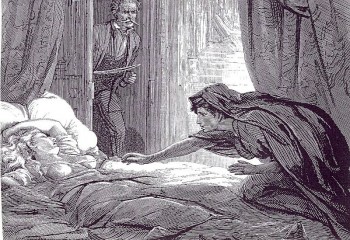 It’s always best to begin at the start, to quote no one in particular. We’ll start with the introductions: my name is Josh Reynolds and I wanted to be a detective when I grew up…no, not just a detective.
It’s always best to begin at the start, to quote no one in particular. We’ll start with the introductions: my name is Josh Reynolds and I wanted to be a detective when I grew up…no, not just a detective.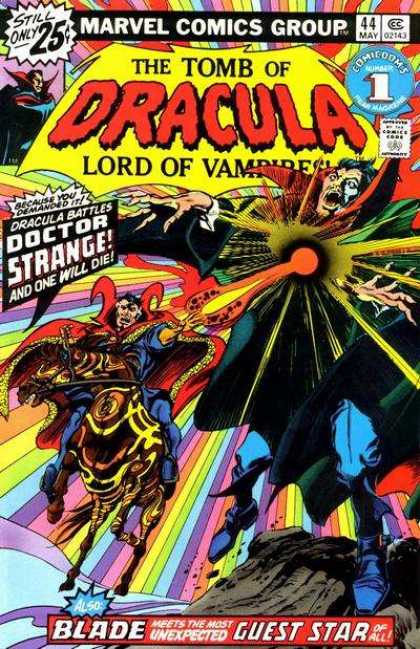
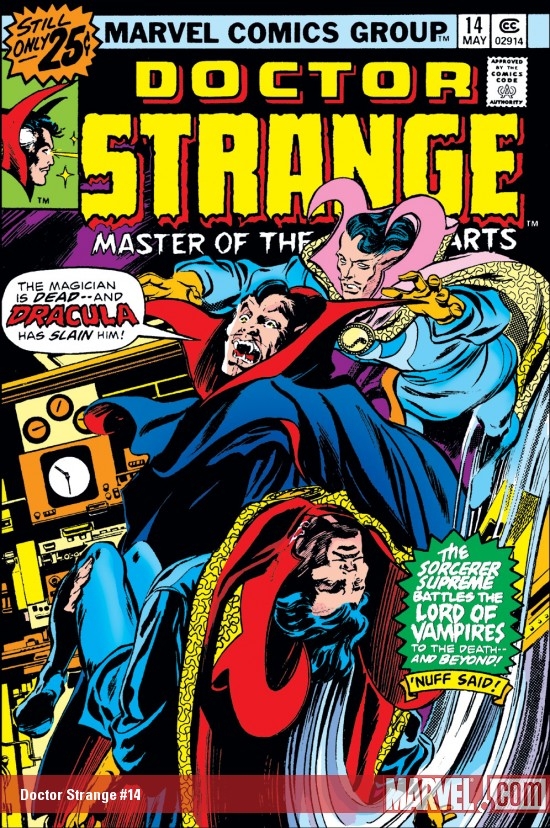 From there, we move to the much more interesting subplot involving the white-haired vampire who is being sought by both Blade and Hannibal King. The actual conflict between Dracula and Dr. Strange comes off rather well with the sorcerer tracking the vampire to his coffin and entering an astral battle with the vampire in 15th Century Wallachia. Unsurprisingly, Strange underestimates the vampire’s hypnotic powers and is attacked and bitten by Dracula. The issue’s real climax sees Blade and Hannibal King meeting for the first time on the trail of the white-haired vampire who ruined both of their lives.
From there, we move to the much more interesting subplot involving the white-haired vampire who is being sought by both Blade and Hannibal King. The actual conflict between Dracula and Dr. Strange comes off rather well with the sorcerer tracking the vampire to his coffin and entering an astral battle with the vampire in 15th Century Wallachia. Unsurprisingly, Strange underestimates the vampire’s hypnotic powers and is attacked and bitten by Dracula. The issue’s real climax sees Blade and Hannibal King meeting for the first time on the trail of the white-haired vampire who ruined both of their lives.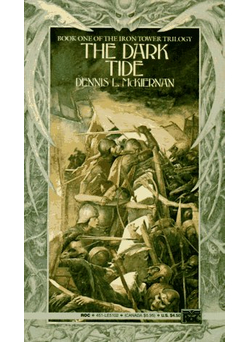 The publication of Terry Brooks’ Sword of Shannara in 1977 was a watershed moment in fantasy literature. The success of J.R.R. Tolkien’s The Lord of the Rings left fans clamoring for more epic, secondary world fantasy
The publication of Terry Brooks’ Sword of Shannara in 1977 was a watershed moment in fantasy literature. The success of J.R.R. Tolkien’s The Lord of the Rings left fans clamoring for more epic, secondary world fantasy 

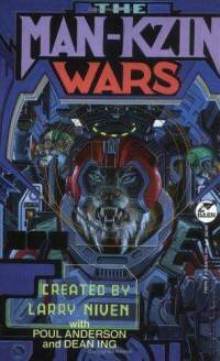
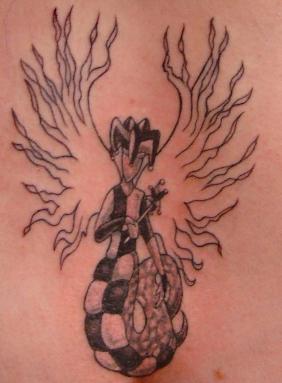
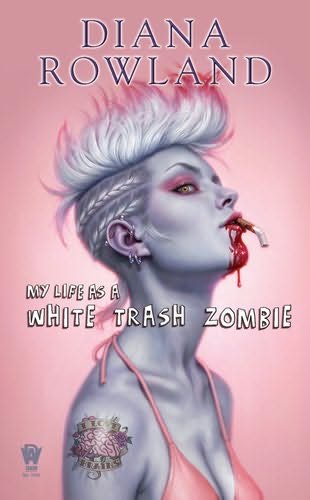

 I give it two out of three brains. And seriously, the cover is AWESOME. Now that’s a le freakin’ sexy zombie.
I give it two out of three brains. And seriously, the cover is AWESOME. Now that’s a le freakin’ sexy zombie.

